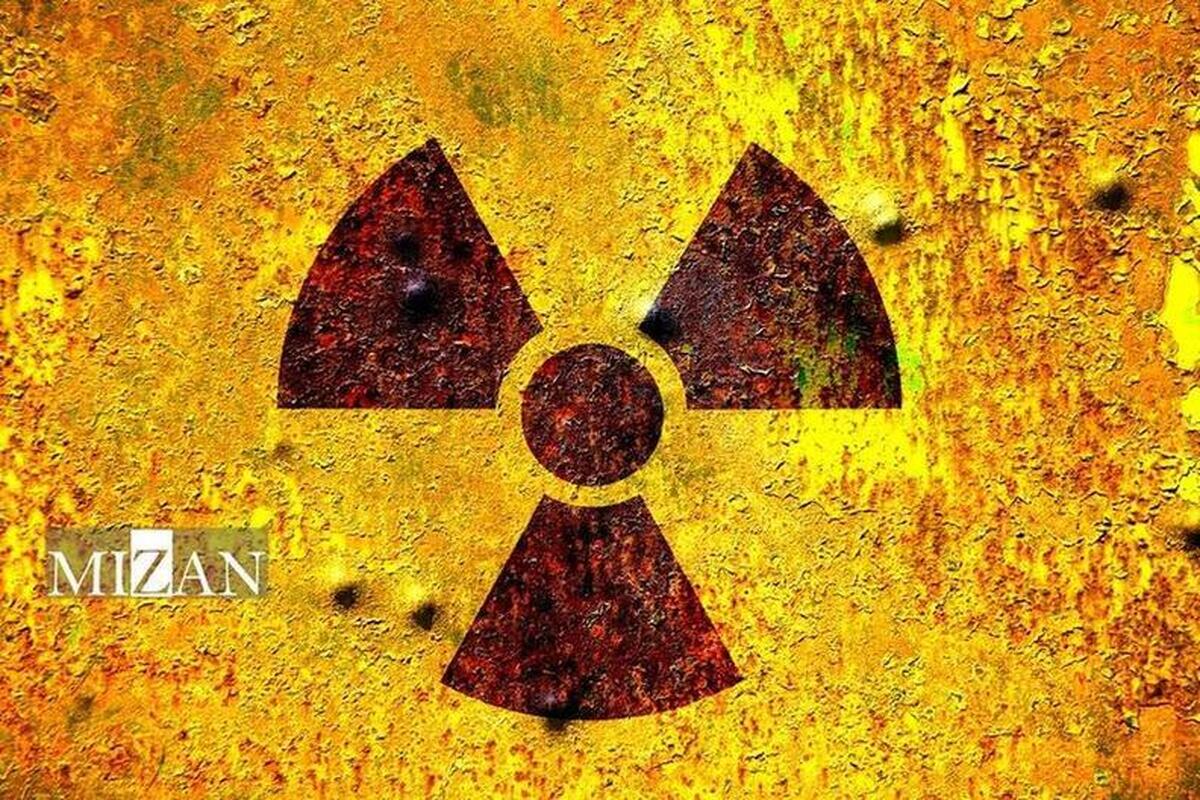Why attacking Iran’s nuclear sites is prohibited; A look at international law

Since the onset of its aggression against Iran on June 13, the Zionist regime has targeted Iran’s peaceful nuclear facilities in violation of international law.
The United States, a habitual accomplice of the Zionist regime, also targeted Iran’s peaceful nuclear facilities on June 23, over a week after the occupying regime’s aggression, raising concerns at both global and regional levels.
International Humanitarian Law (IHL) provides special protection for nuclear facilities due to the serious risks they pose to civilians and the environment if damaged or destroyed.
While the applicable IHL regulations establish a robust protective framework, the principle is straightforward: preventing nuclear facilities from becoming battlegrounds or suffering incidental damage due to conflict.
Thus, this law imposes obligations on all parties to an armed conflict to refrain from attacking nuclear facilities and to avoid, as far as possible, any actions that could expose them to attack.
The necessity and need to protect nuclear facilities
The safe and secure operation of nuclear facilities is complex.
To prevent and manage the risks of nuclear incidents and other events that threaten the physical integrity and functionality of these facilities, multiple nuclear safety and security measures must be implemented. Nuclear facilities contain radioactive materials that are highly harmful to humans and the environment they come into contact with.
Radioactive materials may be released if components of a nuclear facility, such as reactors or spent fuel storage tanks, are destroyed, damaged, or their operations disrupted.
Given the potential damage to reactors or other critical components that enable the safe and secure operation of such facilities, the risk of radiation leaks resulting from military activities in or around these facilities is extremely high. Such damage could be caused directly.
The consequences would be catastrophic; damage to a nuclear reactor could lead to immediate exposure to lethal levels of gamma radiation and radioactive contamination through the inhalation of airborne radioactive particles. This situation has severe short- and long-term effects on human health and the environment.
An explosion of a reactor or spent fuel storage tanks would mean that radioactive particles from fissile materials and fission products, depending on weather conditions, could potentially be carried over vast distances and in unpredictable directions by the wind. Even without an explosion, leaked radioactive materials would seep into the soil and groundwater, poisoning plants and animals within a wide radius, up to hundreds of kilometers around the affected facility.
The aforementioned risks of attacking nuclear facilities are not newly discovered but are well-established. Yet, the Zionist regime and the United States, fully aware of these dangers, proceeded to attack Iran’s nuclear facilities.
Are nuclear facilities protected during armed conflicts?
The answer is yes. The most precise provisions are found in the 1977 Additional Protocol I (AP I), but nuclear facilities are also protected under the 1977 Additional Protocol II (AP II) and Customary International Humanitarian Law (CIHL) applicable to both international and non-international armed conflicts.
The Humanitarian Law and Policy platform states: All countries have the right to the peaceful use of nuclear energy, including for electricity generation (Articles IV and V of the Treaty on the Non-Proliferation of nuclear weapons). Nuclear facilities are civilian objects and, as such, are protected from direct attack and reprisals.
The obligation of parties to an armed conflict to exercise constant care to spare civilian populations.
Can nuclear facilities be targeted directly?
The answer to this question is no.
The protection of nuclear facilities does not cease with claims of their transformation into military targets. This is because International Humanitarian Law (IHL) provides an additional layer of specific protection against direct attacks and incidental damage for certain installations containing dangerous forces, namely dams, dykes, and nuclear facilities (Article 56 AP I; Article 15 AP II; Rule 42 CIHL).
The International Committee of the Red Cross recommends that these laws also apply to other installations containing dangerous forces, such as chemical plants and oil refineries.
Treaty-based IHL strictly prohibits attacks on nuclear facilities, regardless of any anticipated military advantage.
Specifically, both Additional Protocols explicitly state that nuclear facilities must not be attacked, even if they are deemed military objectives. In some cases, attacking a nuclear facility may even constitute a war crime.